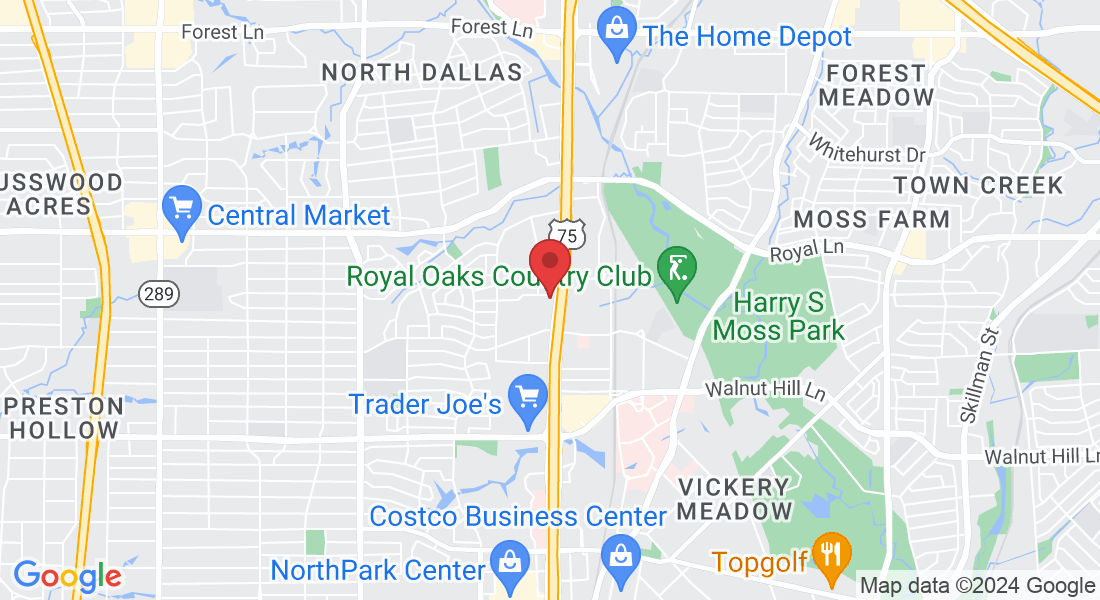
You’re One Step Closer to a Healthier, Pain-Free Life
Secure Your Appointment Below – Limited Spots Available
Reserve your spot for your “1-Day Jumpstart to a Pain-Free Life Experience” below.
Happy Patients!

Relief from ’19 back pain & stiff hip!
Dr. Travis adjusted me, now I bend
easily. Amazing journey & staff!
– Samuel David


Visited Dr. Fahey for suspected pinched nerve. After adjustment, zero pain! Amazing staff & care. Highly recommend!
– Branty Butler


Started seeing Dr. Fahey for back/neck tightness. Got exam & x-rays, now on a plan to improve my pain.
– Chris Young

Copyrights 2023 | Dr. Travis Fahey | Terms & Conditions | Privacy Policy
